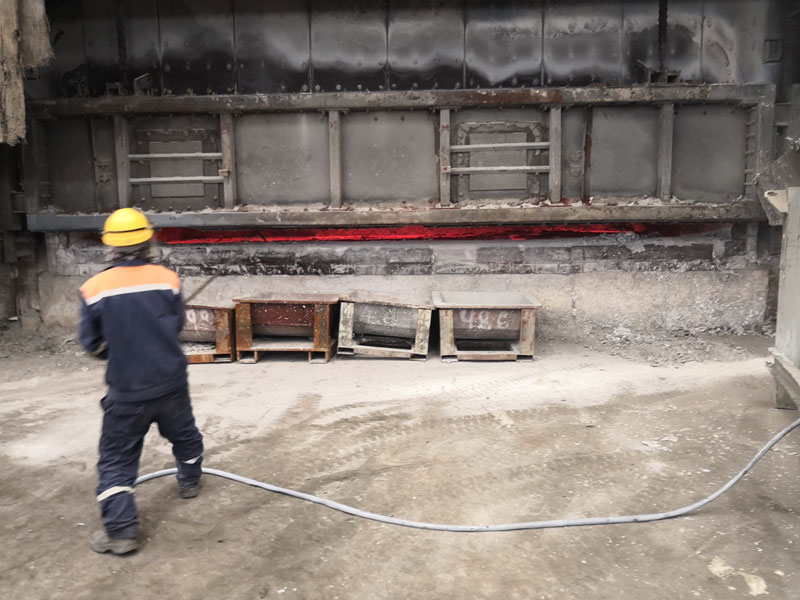
05 5月 Aluminum melting loss
We try harder to reduce aluminum melting loss
What happens to aluminum and aluminum alloys during melting?
Aluminum melting casting is to convert liquid aluminum into finished or semi-finished products of aluminum ingots, bars or other shapes through the processes of batching, stirring, standing, refining and slag scrapping.
Aluminum and aluminum alloys will suffer different degrees of loss due to oxidation, refining, and drossing during the casting process.
The so-called aluminum melting loss is the general term for non-recoverable metal loss and metal contained in aluminum slag due to oxidation, volatilization and interaction with furnace walls and refining agents during the melting of aluminum and aluminum alloys.
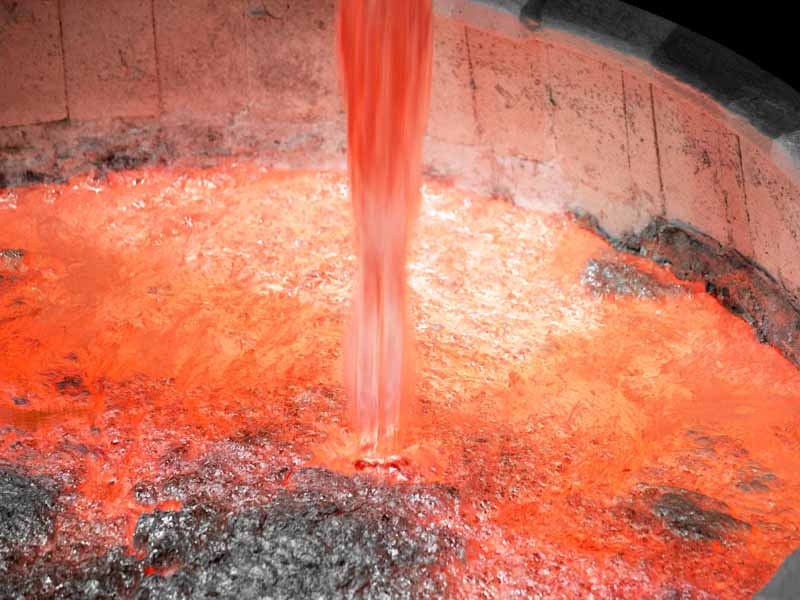
Causes of aluminum melting loss
Statistics have been carried out in the melt casting workshop of Chinalco Group. Among them, the non-recyclable pure aluminum ash accounts for about 90% of the casting loss (oxidation, burning and slag formation) and other factors account for about 10%.
According to the other factors that account for 10%, further statistical analysis of the data is mainly caused by the secondary furnace burnout of bulk aluminum and inferior aluminum and the aluminum content in aluminum ash (the main raw material of aluminum ash aluminum).
Therefore, the internal main causes of casting losses are oxidative burning, secondary burning such as inferior aluminum, and aluminum content in aluminum ash.
Factors of aluminum melting loss
Liquid aluminum temperature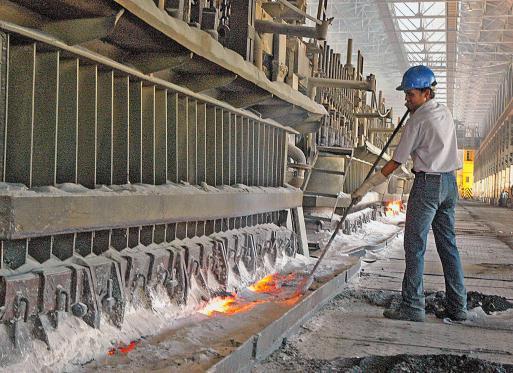
Contact strength of aluminum liquid and oxygen
Aluminum content in aluminum slag
Aluminum liquid brought out by slag
How much defective aluminum and large aluminum
Other losses.

Ways to reduce melting loss
1. Control the temperature of liquid aluminum
The melting point of aluminum is 660 ℃, generally speaking, the original aluminum casting temperature is controlled at about 730 ℃ or even lower.
The aluminum alloy has better fluidity and the casting temperature is lower than that of the original aluminum, about 710 ℃ -730 ℃.
For smelting plants that use liquid aluminum in the electrolytic cell directly, when high-temperature aluminum liquid enters the mixing furnace, it should be equipped with cold material in time, that is, adding defective aluminum and aluminum slag to the mixing and holding furnace.
Part of the intermediate alloy (industrial silicon) is added to the furnace in advance to form a state of pressure melting, which not only increases the actual yield but also reduces the temperature.
The surface of the cold material added at the same time should be clean and free of oil stains, otherwise it may burn and release heat to promote burning.
In short, the temperature of the molten aluminum is effectively reduced to the corresponding casting temperature, which can reduce the huge impact of the temperature on the casting loss.
2. Reduce the contact strength between the liquid aluminum and the air.
The greater the contact strength between the liquid aluminum and the oxygen, the more serious the oxidative burning loss and the greater the casting loss.
Reduce the contact time between liquid aluminum and oxygen
2.1 Under the condition of meeting the production needs, the liquid aluminum in the furnace is turned into finished products as soon as possible. It is best to produce the ingredients on duty on duty, and do not make the liquid aluminum stay in the furnace for too long.
2.2 Reasonable placement of casting equipment, shorten the length of Aluminum Launder as much as possible to reduce the exposure time of liquid aluminum in the air
At the same time, the upper part of the flow tank can be covered with an aluminum silicate insulation board, which not only has a certain thermal insulation effect but also reduces the oxygen content in the flow tank.
In short, to prevent the aluminum liquid from being stored in the mixing furnace for a long time due to various reasons, in order to reduce the contact time of the aluminum liquid and oxygen to reduce the casting loss.
3. Control the liquid aluminum stirring method
Whether it is manual stirring with a large rake or mechanical stirring is carried out with the furnace door open, it will not only bring huge fluctuations in the liquid level, increase the contact area with oxygen but also increase the oxygen content in the furnace, which is bound to accelerate the above chemical reaction , Burning increases.
Electromagnetic stirring can be carried out in a closed state and the liquid level fluctuation is very small, which effectively avoids the corresponding disadvantages. At the same time, it can also reduce the moisture in the air from entering the furnace and reduce the probability of absorption of hydrogen by liquid aluminum.
4. Control the bubble blowing height during liquid aluminum refining
The general refining method is to manually sprinkle the refining flux into the furnace, and then stir and refine.
However, for some alloy production, nitrogen blowing refining is required (the refining time is longer, up to about 30 minutes), and there must be a certain blowing height, which is horizontal to the side and vertical to the head, driving huge fluctuations in liquid aluminum.
Therefore, it is better to adjust the nitrogen pressure and control the bubble height to 10-15mm.


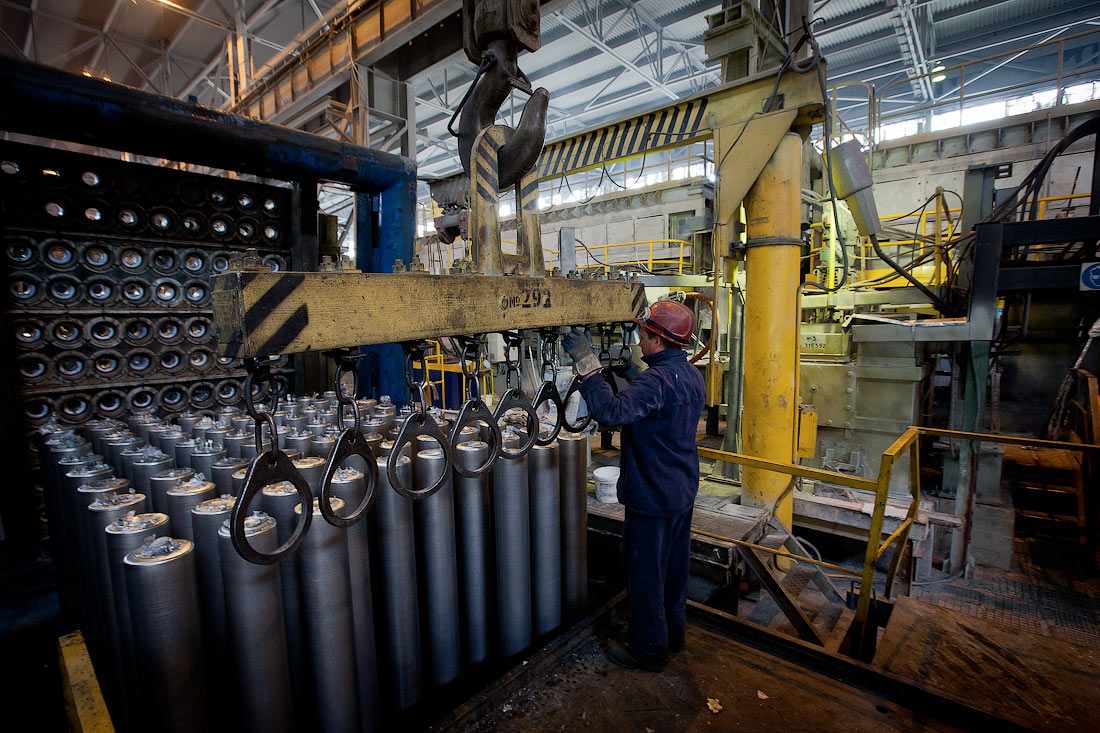
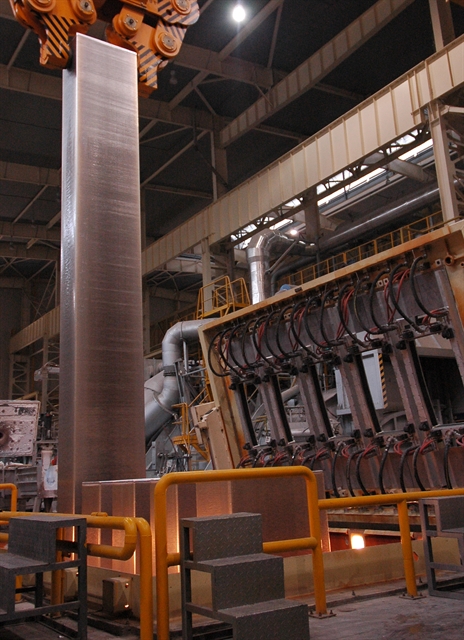
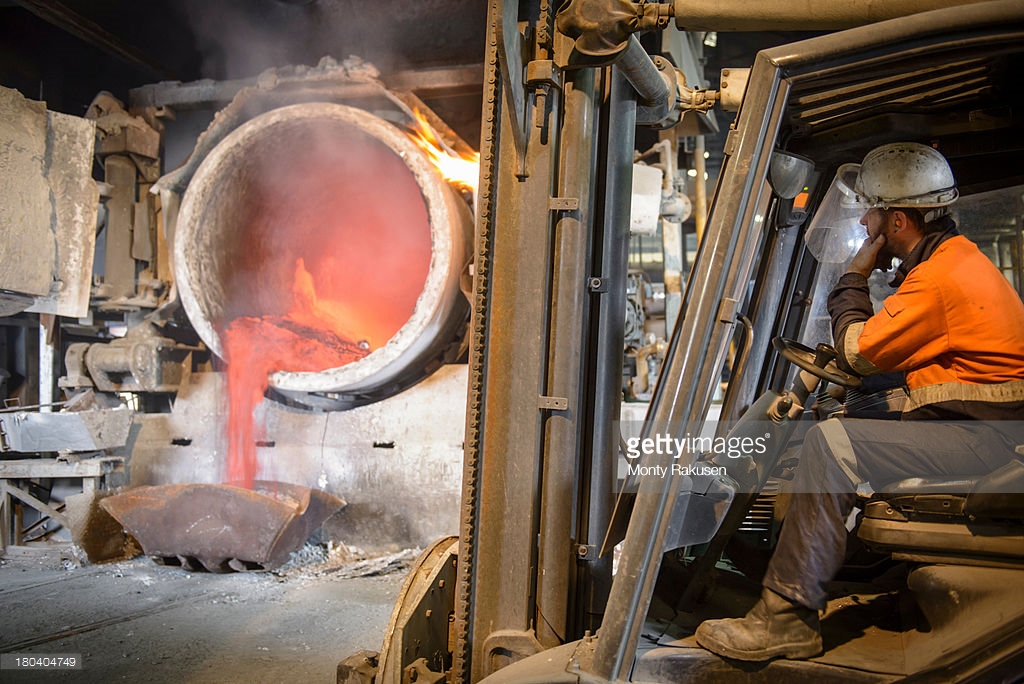
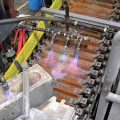
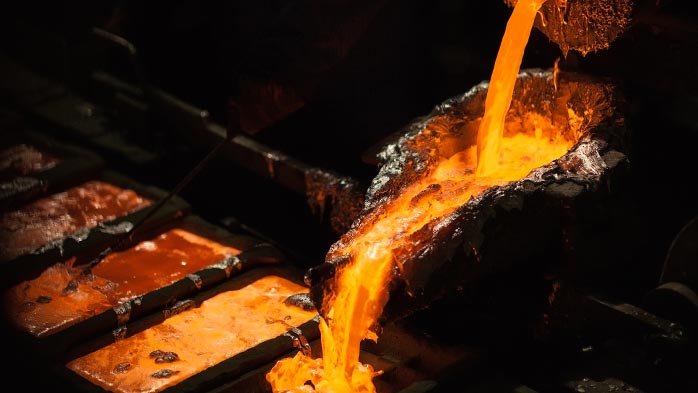
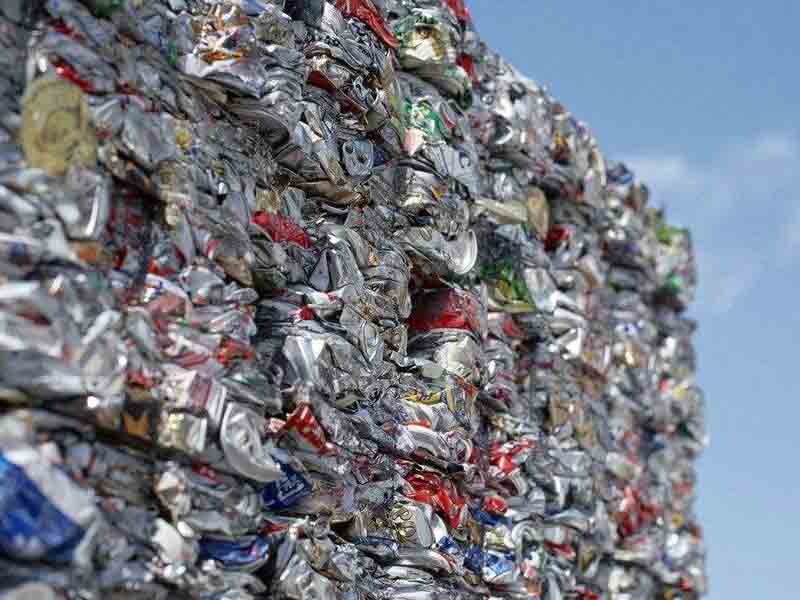
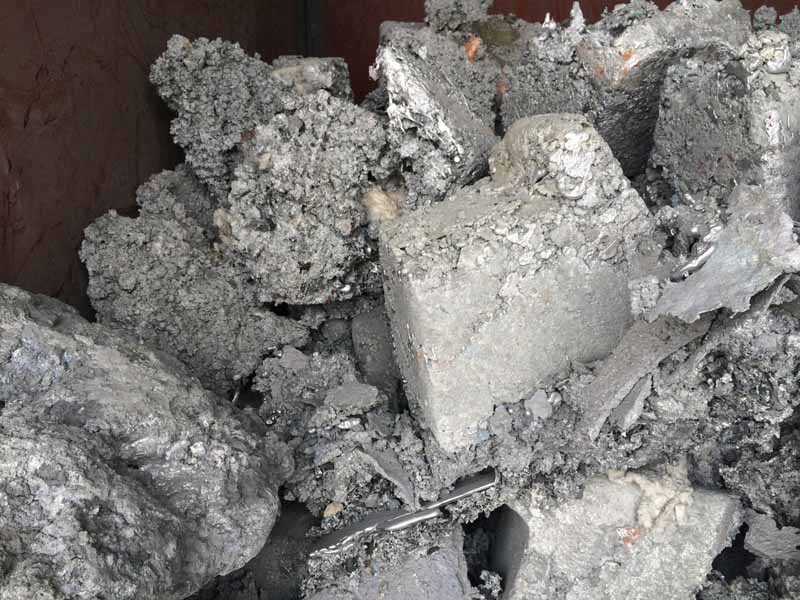
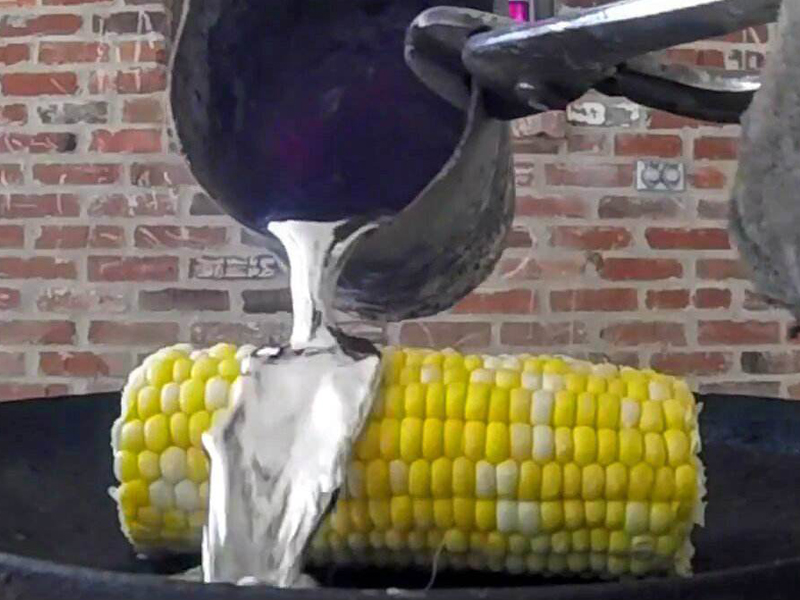
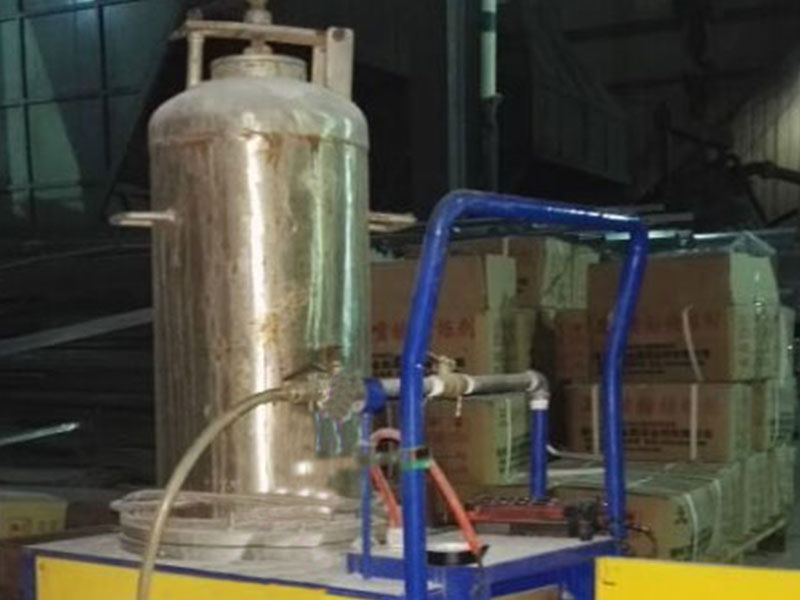
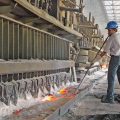
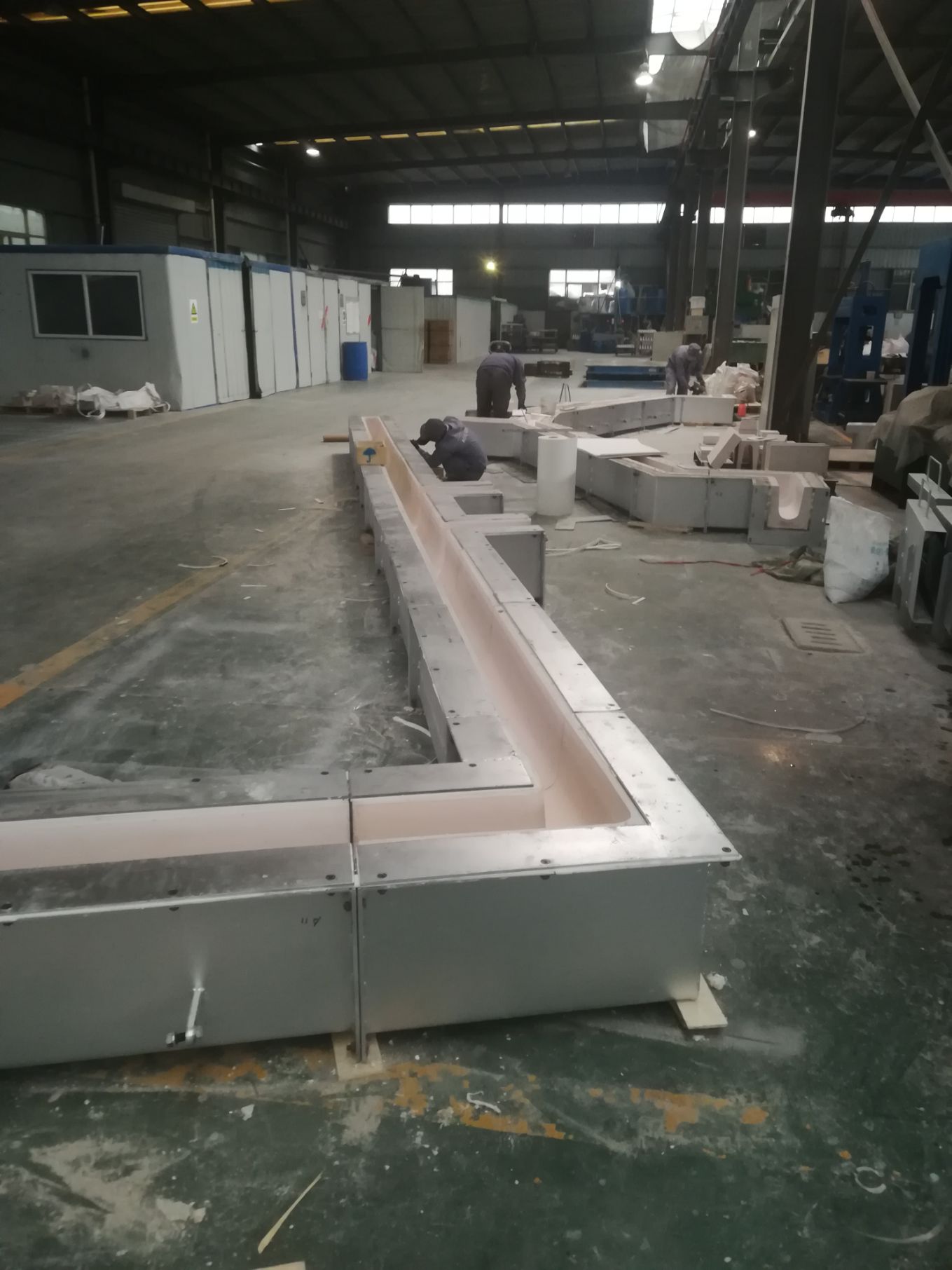
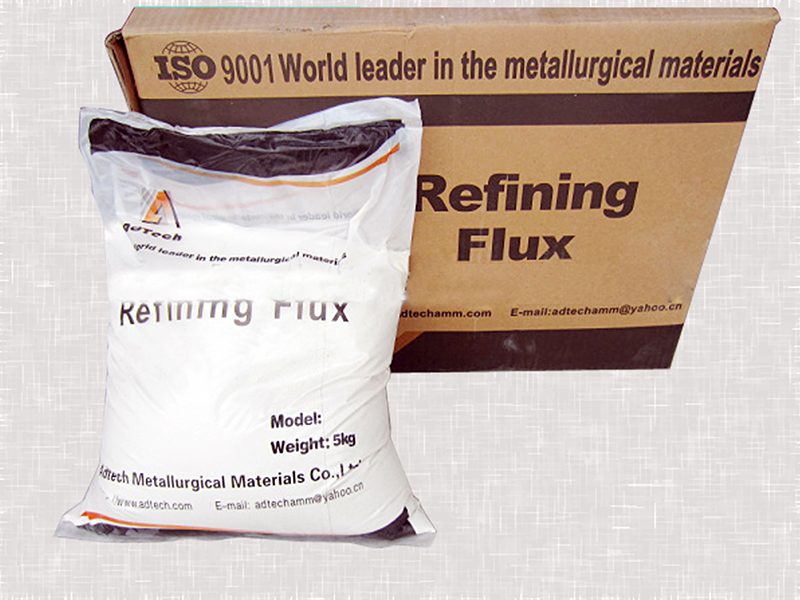
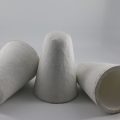
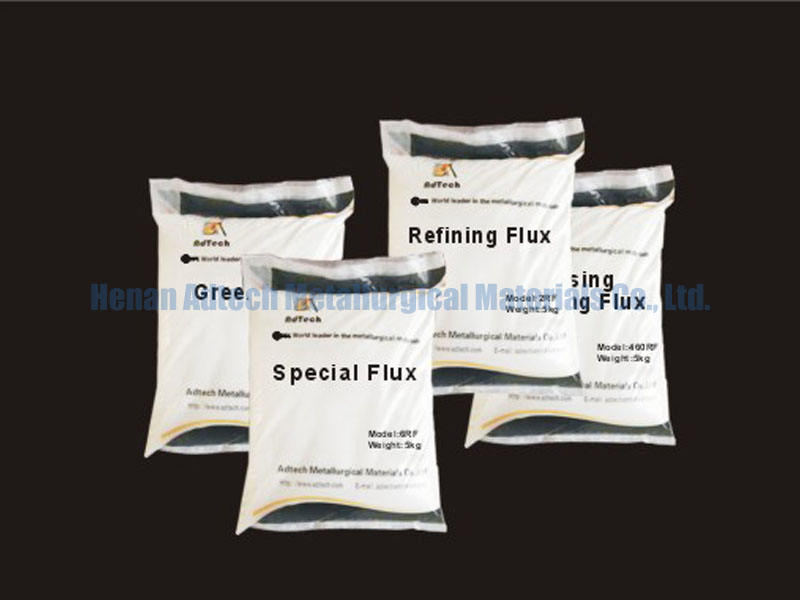
Sorry, the comment form is closed at this time.